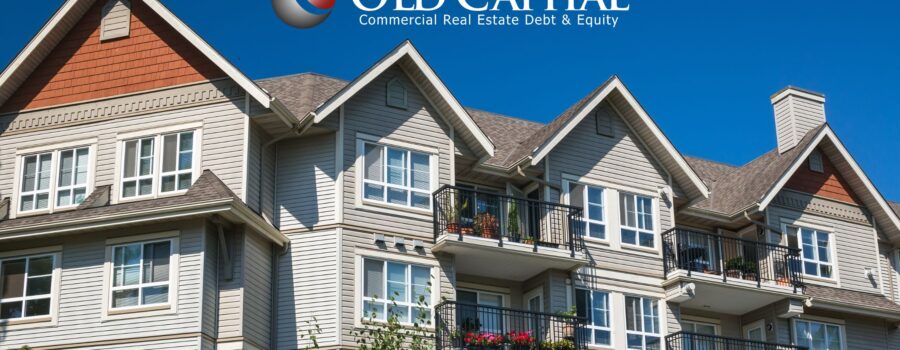The loan you use on a multifamily deal can make a big difference on your returns. With interest rates rising it is even more important to get the financing part right. So, what is the best option right now?
I believe the Freddie Mac conventional floating rate loan is one of the best options. This option gives you long term financing as well as flexibility on an exit.
Fixed or Float?

The interest rates continue to rise and are affecting real estate prices. This is causing a pivot towards buyers asking for fixed rate debt. A fixed rate will protect them against any further rise in interest rates. It will also be an attractive advertisement to investors.
Fannie Mae fixed rate is a good loan option right now because the 10-year treasury is at 2.86%, as of today, which means the fixed rate is below 5%. It is good considering SOFR is currently at 2.30%.
This means a floating rate bridge loan is likely to start at 6.50% interest and move up from there. A rate cap is also likely needed for the floating rate bridge loan.
The penalties are different for fixed and floating rate loans. Floating rates come with less penalties. Typically, it is around 1% exit, or a bridge lender will waive the fee if refinanced through them into agency.
Long term fixed rate products typically come with yield maintenance or defeasance which can catch people off guard if asset prices run up and they want to sell.
Agency Debt

Freddie Mac conventional floating rate provides a low spread with a flexible prepayment. Depending on the deal the spread can be as low as 2.25% to 2.50%. Add the 2.30% SOFR index and your all-in rate starts at 4.55%.
Of course, it is a floating rate so the SOFR index could move higher which it is likely to do but having floating rate below 5% right now is great—most bridge loans are floating at 6.50% and up right now.
Another advantage of the conventional floating rate loan is the term. The term can be 10-years whereas a bridge loan term is 2 to 3 years with minimal extensions and for a fee. If you are executing a bridge loan deal you need to move quick and execute the business plan.
The bridge loans are also based on pro forma so execution is paramount. The conventional floating loan gives you time and flexibility with a low prepayment penalty.
Inflation News
Also, recent news shows that inflation took a pause this month. It is still up 8.5% year-over-year but at least it seems to be leveling off. If the continued rate hikes push inflation back down, then there could be an easing in policy.
An easing in interest rates or some sort of black swan event (they seem to be frequent nowadays) can cause interest rates can come down quickly. If you have a spread at 2.25% and SOFR moves to 0% then your all-in rate is 2.25%.
Now you have an asset with a low interest rate and can exit at any time. This scenario would likely drive the asset price up and yield a great return for your investors. On the other hand, if rates continue to rise then you are still protected with the required rate cap.
The rate cap will protect you from run up in interest rates. Overall, you are protected on the high side and have the potential for a big score on the low side—low meaning a drop in interest rates.
Leverage
One of the problems inherit with this loan type is the leverage. The leverage has not been there to use a conventional loan. This is starting to change. With each rate hike we have seen a lowering in bridge loan leverage coupled with increased spreads.
The bridge loans are starting to look less attractive, and this is causing prices to come down. I was on a call with a lender recently that does a lot of loan volume in DFW on value-add deals say they are moving the going in debt yield to 6%. Read More: Multifamily Leverage: 70 is the 80
Bridge lenders are starting to take some risk off the table. So, to get a high leverage bridge loan for a value-add deal the interest rates will be higher than normal and the overall loan a lot riskier.
As the prices come down because of this, the agency leverage starts to move up and becomes more and more attractive.
Conclusion
Business plan and investment goals usually determine which loan to use. Maybe the asset you want to purchase does not qualify for an agency loan and you need to use bridge. Or maybe you want a true long term buy and hold and do not care about prepayment penalties.
I think a lot of buyers of multifamily real estate have a 3-to-5-year objective when buying. They want to buy a property, improve it, and sell for a profit. A conventional floating rate loan will provide a lot of flexibility and security for that.


